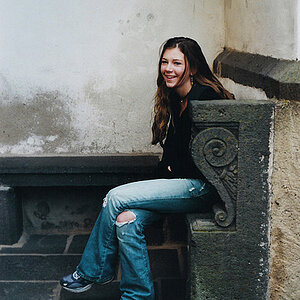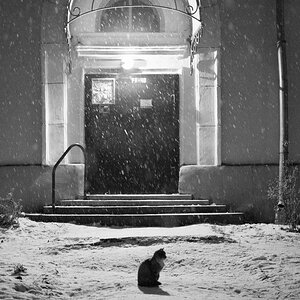Hello so I had some general questions about lenses, I'm a new photographer so I don't know much about them; so far I'm using the Nikon 18-55m (3.5-5.6) and 35mm (1.8).
1) Why are the prices on lenses so different when there is just a small different in their apertures, I hardly every go below f/2. eg. Nikon 50mm 1.4 (~$500) vs Nikon 50mm 1.8 (~$220)
2) How do you choose which lens to get? For an example if I wanted a zoom wide-angle, what makes one better than the other, Nikon 16-35mm f/4 (~$800) vs 14-24mm f/2.8 (~$2000)? The focal lengths are similar and they're both wide angle zoom lenses and other than build quality, weight, etc. how would you choose what's right for you? (For this question I'm referring to all lenses, I just randomly choose the 16-35mm vs 14-24mm)
3) I'm thinking about getting a prime portrait lens, is there a big difference in image quality/sharpness when it comes to the 35mm 1.8 (~$200) vs 50mm 1.8 (~$200) vs 85mm 1.8 (~$500)? Why does the 85mm cost so much more I thought the ONLY MAIN difference were their focal lengths.
4) I've always been told to use a prime lens for portraits, what makes it preferred than other lens such as wide angle, telephotos, even the 18-55mm?
5) What do they mean as FX cameras and DX cameras? Can FX cameras ONLY use FX lens and DX cams use DX lens?
Thanks for the help, I know they're basic question but I'm still kind of confused on why there are SO MANY lens and how do you pick the one for you?
0ptics
1) Why are the prices on lenses so different when there is just a small different in their apertures, I hardly every go below f/2. eg. Nikon 50mm 1.4 (~$500) vs Nikon 50mm 1.8 (~$220)
2) How do you choose which lens to get? For an example if I wanted a zoom wide-angle, what makes one better than the other, Nikon 16-35mm f/4 (~$800) vs 14-24mm f/2.8 (~$2000)? The focal lengths are similar and they're both wide angle zoom lenses and other than build quality, weight, etc. how would you choose what's right for you? (For this question I'm referring to all lenses, I just randomly choose the 16-35mm vs 14-24mm)
3) I'm thinking about getting a prime portrait lens, is there a big difference in image quality/sharpness when it comes to the 35mm 1.8 (~$200) vs 50mm 1.8 (~$200) vs 85mm 1.8 (~$500)? Why does the 85mm cost so much more I thought the ONLY MAIN difference were their focal lengths.
4) I've always been told to use a prime lens for portraits, what makes it preferred than other lens such as wide angle, telephotos, even the 18-55mm?
5) What do they mean as FX cameras and DX cameras? Can FX cameras ONLY use FX lens and DX cams use DX lens?
Thanks for the help, I know they're basic question but I'm still kind of confused on why there are SO MANY lens and how do you pick the one for you?
0ptics


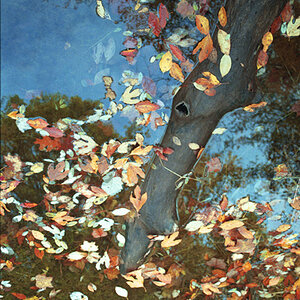
![[No title]](/data/xfmg/thumbnail/42/42267-2fff585000110a96fd9ac3ff09cceb95.jpg?1619740076)
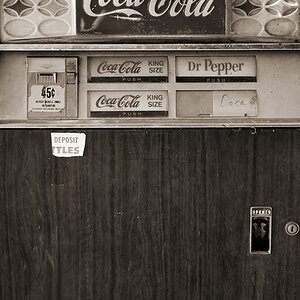

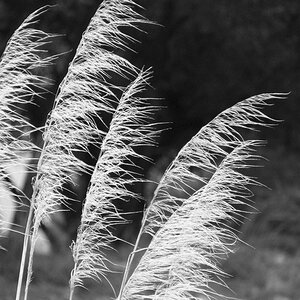
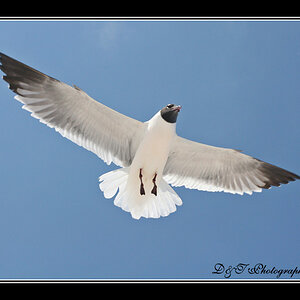
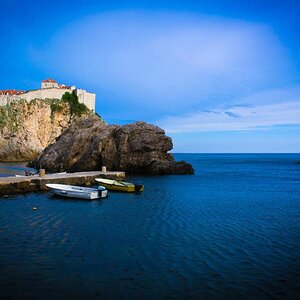
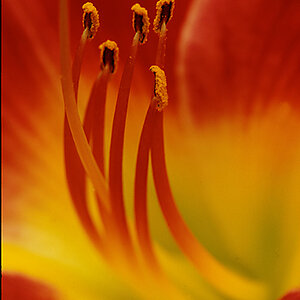
![[No title]](/data/xfmg/thumbnail/37/37604-7ad625e983f92f880eb65a264eeef5e4.jpg?1619738148)
